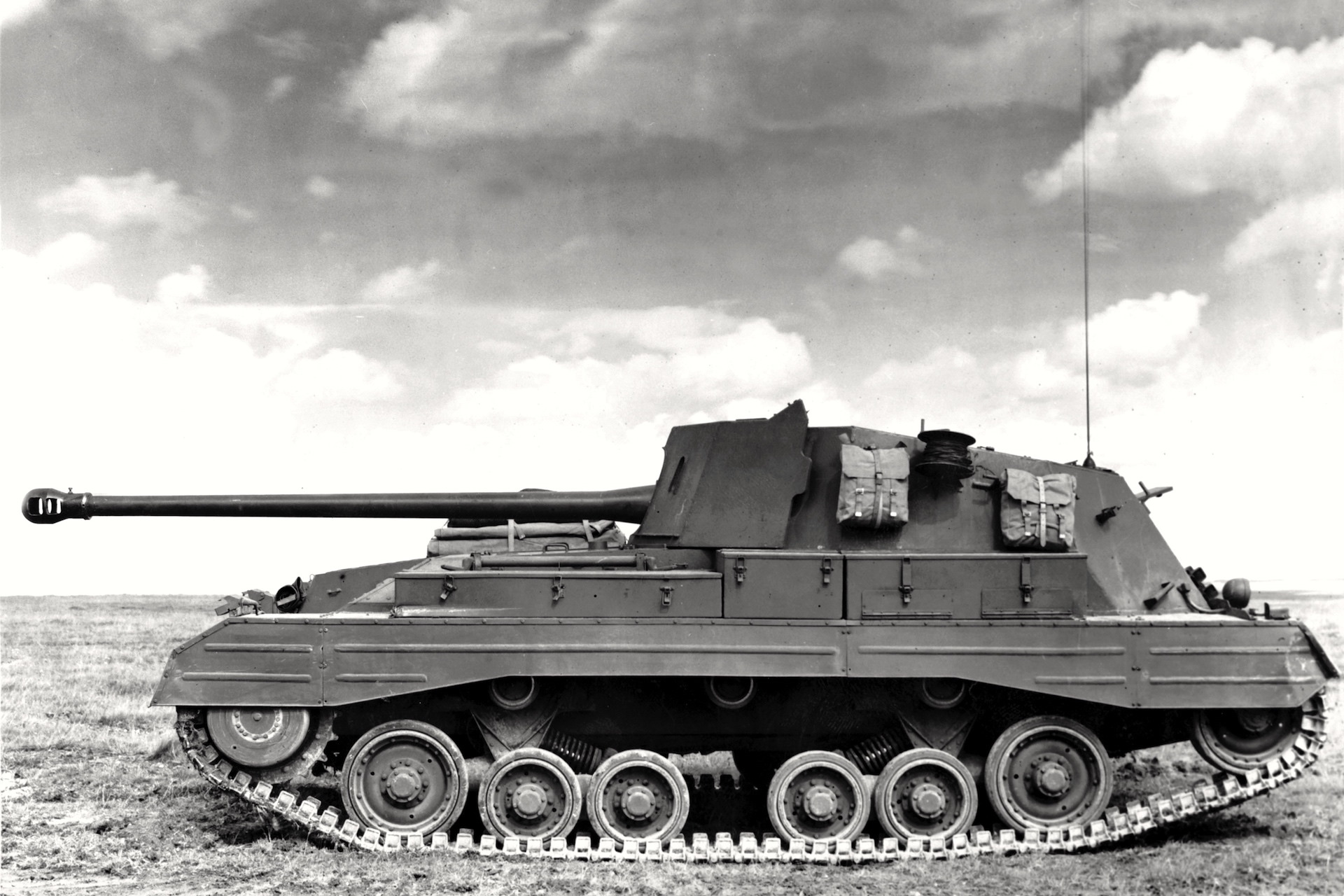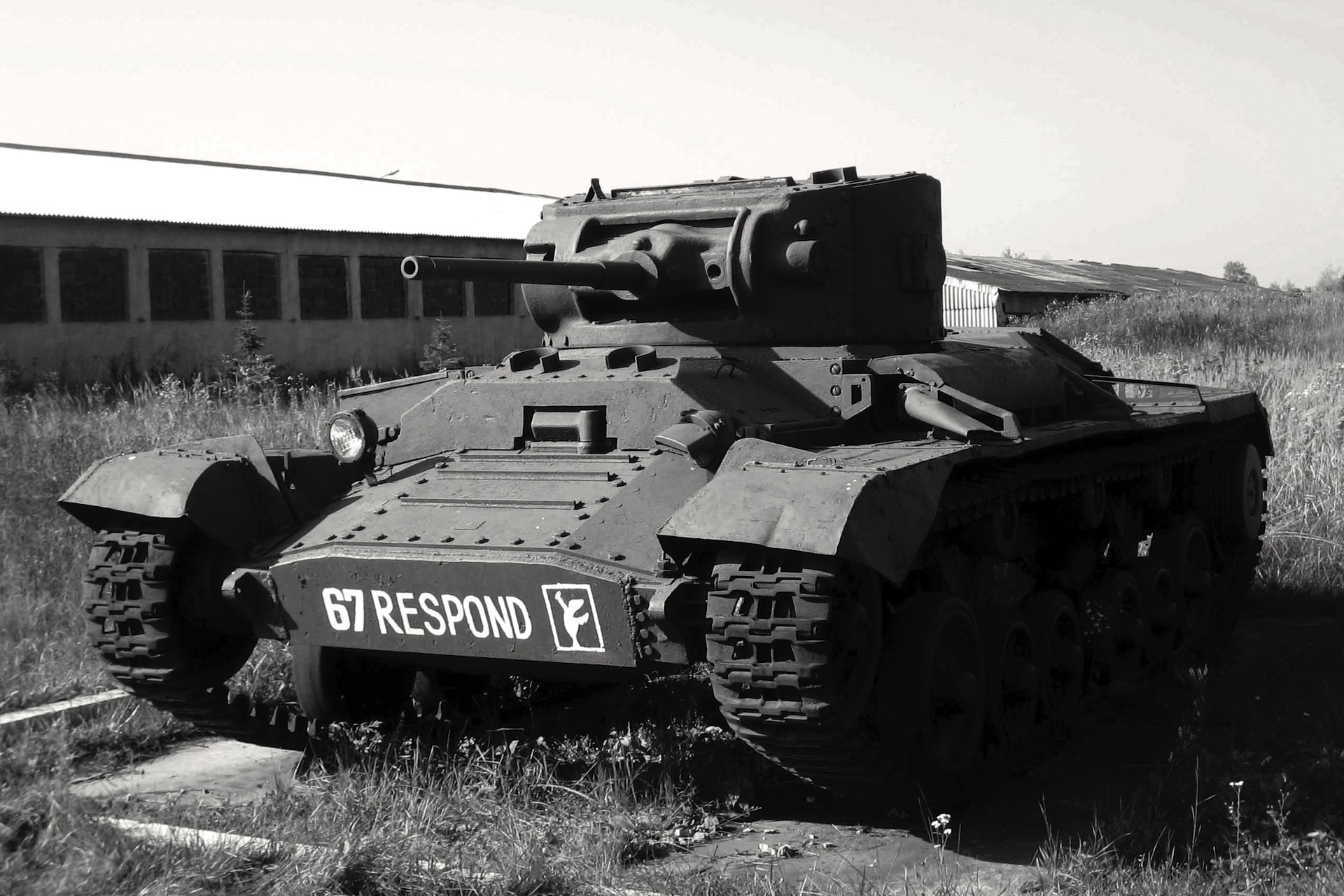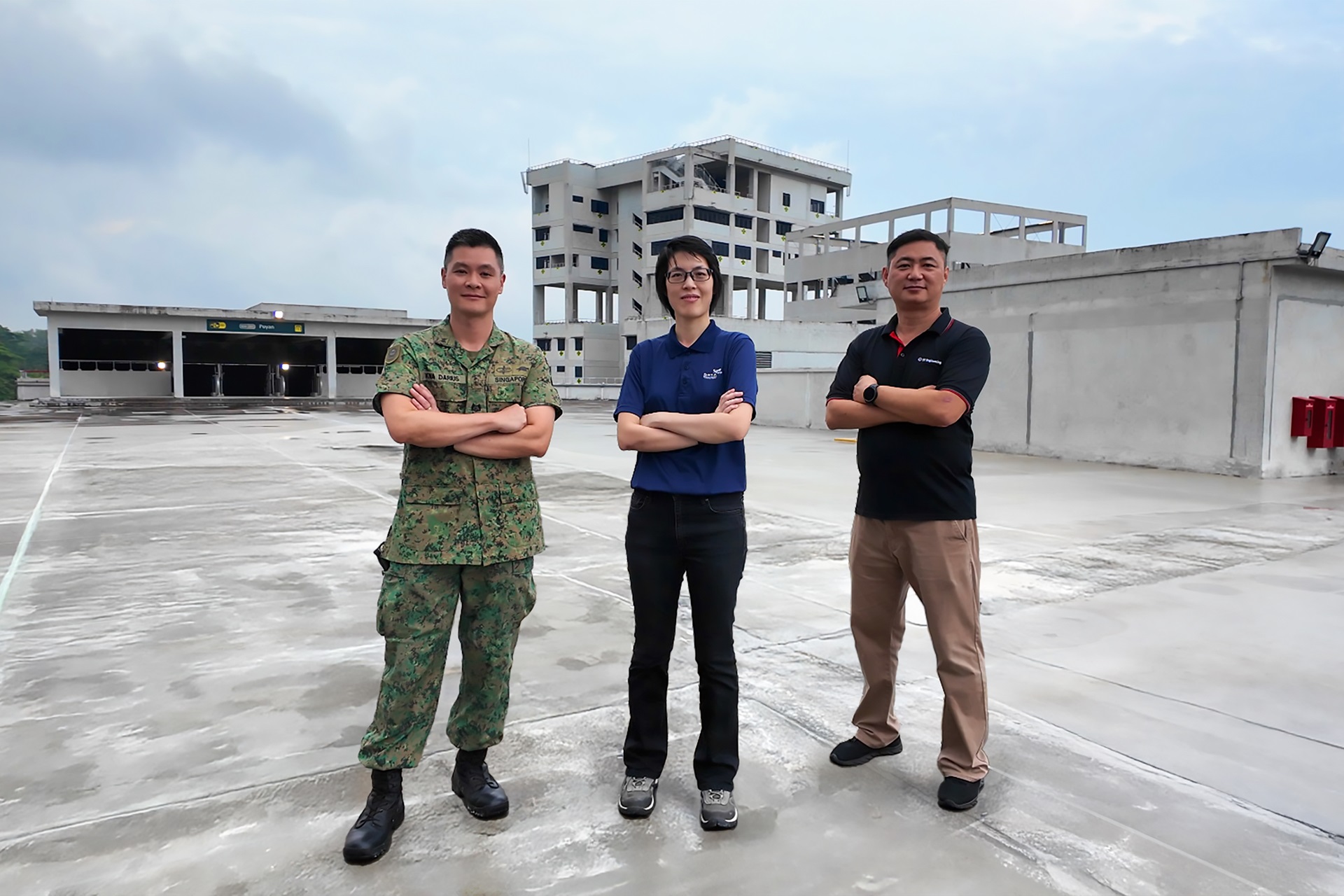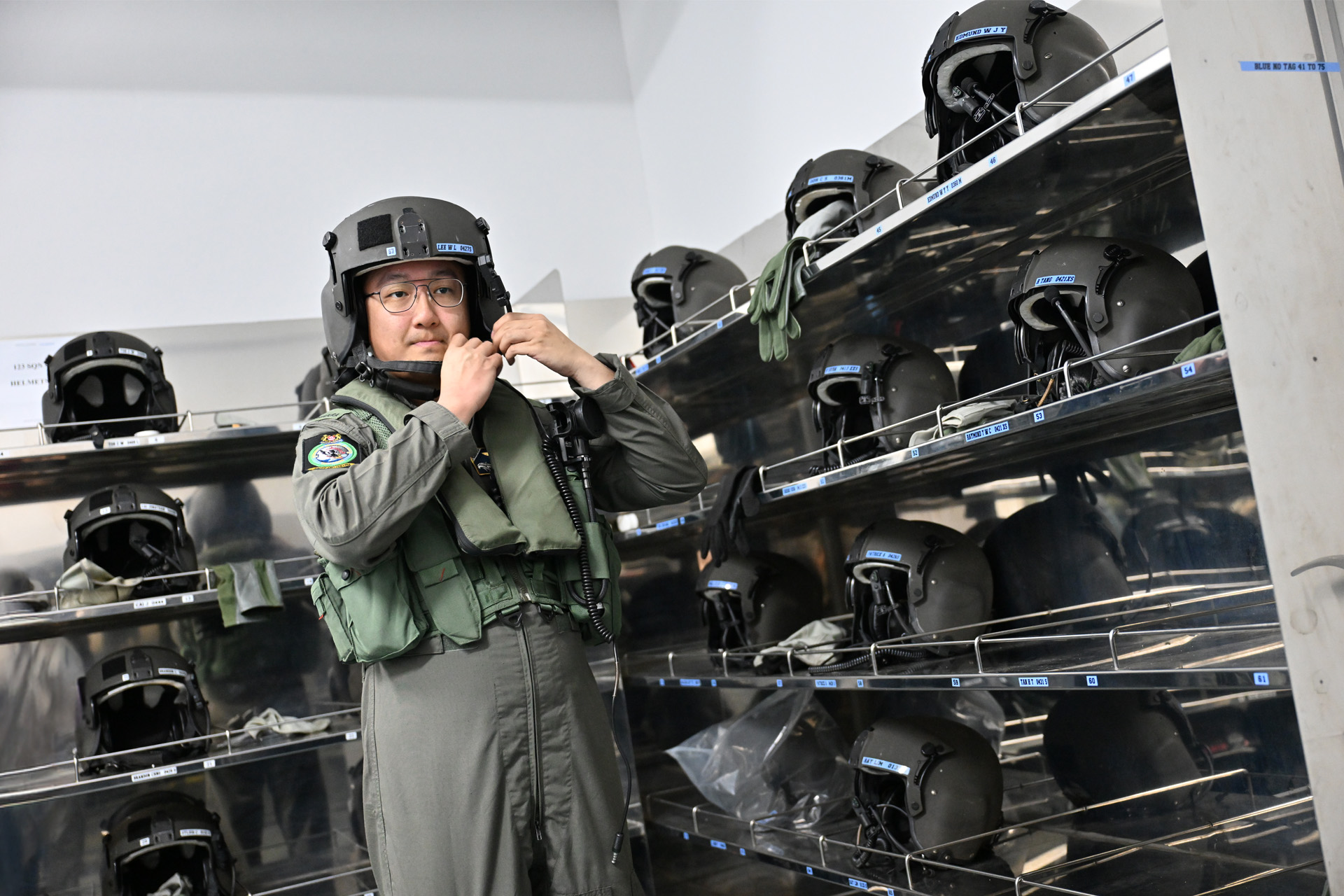TECHNOLOGY
A VALENTINE TO REMEMBER
16 Nov 2010
PIONEER rediscovers the merits of the British-manufactured Valentine IV tank, which was deployed extensively during World War II (WWII) desert campaigns.

PIONEER rediscovers the merits of the British-manufactured Valentine IV tank, which was deployed extensively during World War II (WWII) desert campaigns.
Known for its low cost and reliability, the Valentine family of tanks were infantry tanks produced in the United Kingdom which accounted for about a quarter of wartime British tank production.
Designed by Leslie Little of the Vickers Armstrongs company, the plans for the Valentine tank were submitted to the UK War Office on 14 February 1938 (one of the explanations behind its name).

The tank (then designated Valentine I) very nearly did not make it into production, as the War Office had some concerns with its two-man turret design, which had the tank commander doubling up as a loader.
Most tanks of the time carried a dedicated loader, so as to free the tank commander from direct involvement in gun operations. However, the dire situation in Europe at the time convinced the War Office that it needed a new tank, and the Valentine tank was successfully put on trial in May 1940.
In July 1940, the first Valentine tank went into service with the UK Royal Armoured Regiment. From initial design approval to service, the Valentine spent just 15 months on the drawing board - a feat even by today's standards.
Simply effective
Before WWII, the British Army saw the tank's primary role as infantry support, resulting in heavily armoured vehicles such as the Matilda I. Encumbered by its heavy armour, the Matilda I moved at a maximum speed of 8 to 12kmh.
While the Valentine tank was heavily armoured like the Matilda, its chassis and engine design was based on a faster cruiser tank platform. The Valentine tank moved at a top speed of about 25kmh. Cruiser tanks - fast and mobile vehicles designed to punch through enemy lines - typically raced past other armoured units at speeds in excess of 40kmh.
On the battlefield, each Valentine tank carried three men: a Tank Commander, a Gunner and a Driver. Even today, most tanks carry a four-man crew with a dedicated Loader.
In the Valentine IV's case, the Tank Commander also performed loading duties. Depending on their operational requirements, other versions of the Valentine could accommodate a fourth crew member at the expense of comfort.
The Valentine IV tank was powered by a 138 horsepower diesel engine made by the General Motors Company, coupled to a United States (US)-made transmission, which proved to be quieter and more reliable than Associated Equipment Company's A189 petrol engines used in the first Valentine tanks.
The Valentine IV tank used a simple but effective plate construction. Its sides were two plates, riveted together and joined in the middle. The top plate was screwed onto the two side plates to form a rough box-like structure. Over its lifetime, the Valentine tanks progressed from rivet construction to being entirely welded - an improvement which can be seen on Valentine X tanks and later.
All of the Valentine tanks were tracked vehicles. The Valentine IV had six wheels on each side, housed in two frames which held three wheels each. The frames - called bogies in mechanics terms - also housed the suspension system.
This design saved internal space by housing most related components on the exterior of the vehicle. Though this design was vulnerable to anti-tank fire, bogie units could be repaired or replaced in the field.
This was an unintended boon for Valentine IV crew who often complained about the cramped conditions within the tank!
Suitably armed
Though the Valentine IV did not carry the largest guns or have the speed of German tanks (the Panzer could muster speeds of up to 55kmh), it was sufficiently armed to take out its adversaries.
The main gun of the Valentine IV was a two-pounder anti-tank gun which proved to be effective for the first two years of WWII. These guns - considered small by today's standards - packed a powerful punch for its time. They were capable of penetrating roughly 40mm of armour from a kilometre away, with a maximum effective range of about 2km.

As enemy tanks progressed to carrying heavier armour, the Valentine increased its armament too. From its initial two-pounder (40mm) guns, the Valentine was eventually modified to carry a six-pounder (75mm) cannon.
Also in the turret was a BESA machine gun. A common feature in armoured vehicle turrets of the time, the BESA was a coaxial gun capable of spewing 600 rounds per minute. The coaxial gun of the Valentine IV fired similar arcs to its main gun and were intended for eliminating "soft" targets such as lightly-protected infantry soldiers.
The Valentine IV tank was extensively used in the North African campaign from June 1940 to May 1943. By 1944, the Valentine tanks were almost completely replaced in front-line units in Europe by the Churchill tank and the US-made Sherman tanks.
Although reliable kill-rates of the Valentine tank are unavailable as it was extensively deployed in many areas of the world, it earned a reputation as a reliable and well-protected vehicle from many of the crew who served on the platform.
Technical Specifications
Length 5.4m
Width 2.6m
Height 2.3m
Engine General Motors Diesel
Max Speed 25kmh
Max Range About 260km
Armament
· 40mm anti-tank gun x1
· 7.92mm air-cooled, belt-fed BESA machine gun x1
Crew
· Tank Commander (who also doubled as the Loader)
· Gunner
· Driver
ALSO READ IN TECHNOLOGY

AI joins the fight in national cyber defence exercise
12 Nov 2025
AI and closer collaboration among agencies and industry are taking centre stage in this year’s Critical Infrastructure Defence Exercise (CIDeX).

They built this city
01 Oct 2025
Turning vision to reality: the team behind SAFTI City clinches the Defence Technology Prize 2025 Team (Engineering) Award!

Operating over skies & seas
22 Aug 2025
This gear is designed to help a Sensor Supervisor survive emergencies in the air and at sea.


